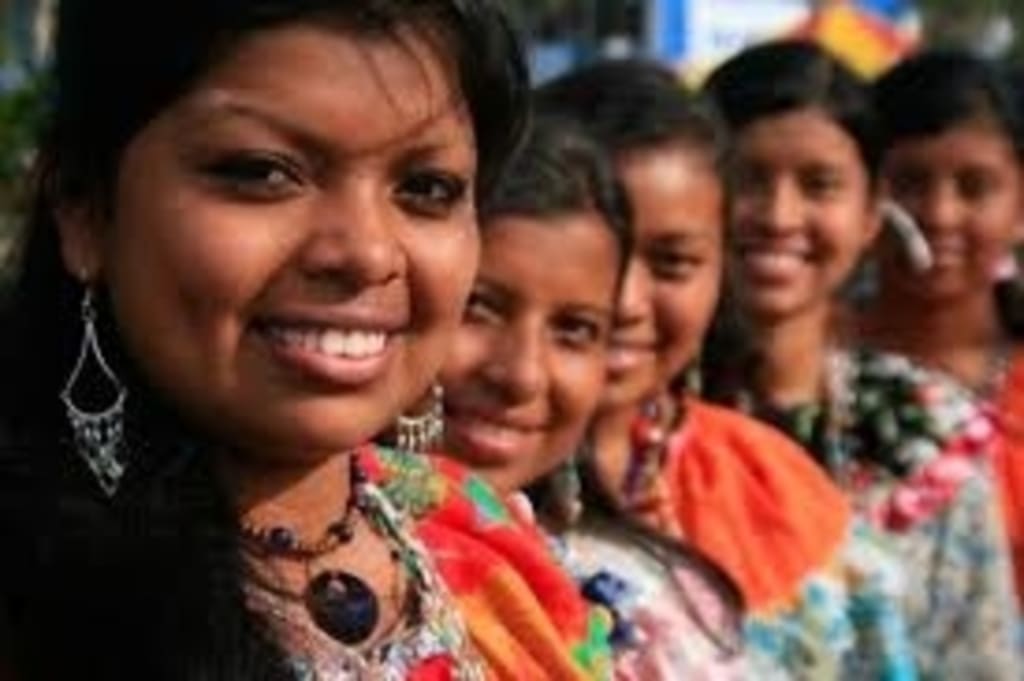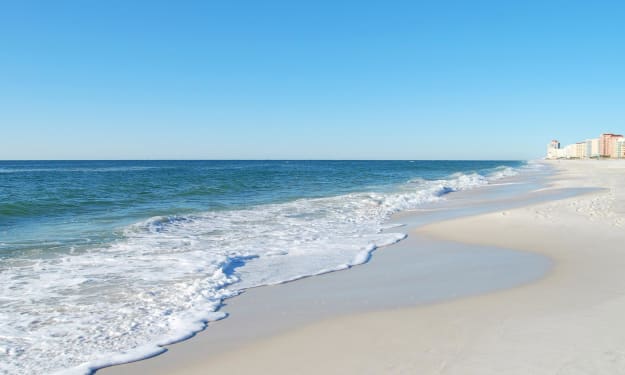Costa Rica's Indigenous Tribes
Such a proud people rich in history and culture. .

Costa Rica has never had a thriving indigenous culture such as the strong and vast empires of the Mayan, Aztec or Inka peoples. The original Costa Rican people were culturally influenced by Mesoamerican tribes from Central America and also from northern South America, especially Colombia. Most indigenous groups lived on a simple subsistence economy and were ruled by a chief, called "Cacique". When the Spaniards arrived, many tribes moved their locations back into the mountains in order to avoid slavery and unfair taxation.
The first indigenous peoples of Costa Rica were hunters and gatherers. When the Spanish conquerors arrived, Costa Rica was quickly divided in two distinct cultural areas, due to its geographical location in the Intermediate Area, between Mesoamerican and the Andean cultures, with influences of both cultures weighing heavily on those involved.
The current main tribes here are as follows. . Gutatusos/Malekus , Chorotegas , Huetares , Cabecares , Bribri , Terrabas (Teribes) , Borucas (Bruncas) & Guaymies. . these are the 8 original tribes that inhabited Costa Rica for hundreds of years. If you do have an interest, there is a lot of information on line about each group. It is indeed very interesting reading.
The original Costa Rican Indian cultures did not leave many artifacts behind. Most are simple products, such as pottery and ornaments. Most prominent are the unique stone spheres that were found in the country´s Southern Zone, around Palmar Sur & Palmar Norte. Some of theses spheres weigh up to 25,000 pounds. No one knows yet how they were manufactured and transported, as well as for what use they were intended. There are many theories, but studies are still being done to see how, and why they were originally created!
The destruction of the Indigenous tribes of Costa Rica was due mostly to diseases brought over from Europe, rather than genocide. Today, there are only about 120,000 indigenous people living in Costa Rica.
The increasing loss of territory is the major problem faced by Indigenous people and is the source of other difficulties, such as the lack of working educational systems. Eventually, everything affecting their identity is affected by changes of culture, economy and politics. Traditional practices continue to be deplored, even persecuted, as is the case for traditional medicine, indigenous religious beliefs and social customs. Slowly, their original languages and cultures are being taught in local schools, but there is still a very long way to go until the time comes that they reach full cultural independence.
The Indigenous Law of 1977 was established to curtail the loss of land of the indigenous population. Indigenous people were not educated properly and subsisted mainly on agriculture, thereby being strongly dependent on fluctuations of the market. A bad harvest could mean the loss of all resources. For example, an indigenous farmer has no money and buys seeds and food on credit from a Latino merchant in town. If the harvest is poor that year, the farmer will become insolvent and will have to pawn his land to the merchant. This is how these people lost so much of their land. The indigenous law was established to stop these processes.
Article 3 of the Indigenous Law states that land property in indigenous reserves is only allowed for people with indigenous heritage. Land property can only be traded amongst these people and all transactions that occurred prior to the law, become void.
Article 9 declares that all land on Indigenous Reserves must be transferred to the Indigenous Communities. As late as 2010, a large part of the land was still populated by over 80% of non-indigenous inhabitants.
Article 5 stipulates that Non-indigenous Persons who have land in native reserves or would be "owners in good faith" in these reserves, will be compensated in return for surrendering the lands that are reserved exclusively for natives. This text is not always applied, because the Indigenous Population rarely enforced the expropriation, due to misinformation or because they were advised against it.
One of the problems with the law is that it restricts the economic independence, since no official land property is possible within the reserves. The original idea was to preserve the land. But the downside is that it makes indigenous areas unattractive for investors, as they are not interested in investing money into something they have no control over. But since the indigenous population has little resources, they have no way of raising funds to improve their land.
In addition, despite the establishment of this law over 40 years ago, most of the concessions made, remained lip services on the paper. The population is still discriminated against, and when the government chooses to build a power plant, like the Diquí project, the opinion of the indigenous people was vastly ignored. None of the indigenous population wanted that power plant to be constructed, but it happened anyway.
In 2020 and 2021, much of the income produced by these proud people come from tourists visiting their villages and from the sale of home made items. There are many tours that are available. Be sure to search online for more information.
Agriculture still plays an important part in their survival as well. Spread over 24 remote territories, Costa Rica’s eight indigenous groups must be self-reliant to survive because they depend on the land and often live far from urban centers. Every year, changing weather could literally wipe out any chance of the indigenous farmers earning any type of income from their labor. The government is getting more involved in assisting them during the years of low harvest results.
The indigenous tribes make up a little over 2% of the country's five million residents. Search online for additional information on their history and current statuses.
You're invited to visit our websites at: www.costaricagoodnewsreport.com & www.costaricaimmigrationandmovingexperts.com
Also, please enjoy our over 1,000 episodes of our "Costa Rica Pura Vida Lifestyle Podcast Series". We are found on all major podcast venues, including iHeartRADIO, Spotify, Apple Podcasts, Google Podcasts, Radio FM, Anchor & many more. Here's our link: www.anchor.fm/costa-rica-pura-vida
About the Creator
William "Skip" Licht
Costa Rica is a magical place. Since November, 2002, when I first visited this country, I have been in love with the people, the culture, its biodiversity, the food. . everything about it makes me happy! Now I share my excitement with you!
Enjoyed the story? Support the Creator.
Subscribe for free to receive all their stories in your feed. You could also pledge your support or give them a one-off tip, letting them know you appreciate their work.






Comments
There are no comments for this story
Be the first to respond and start the conversation.